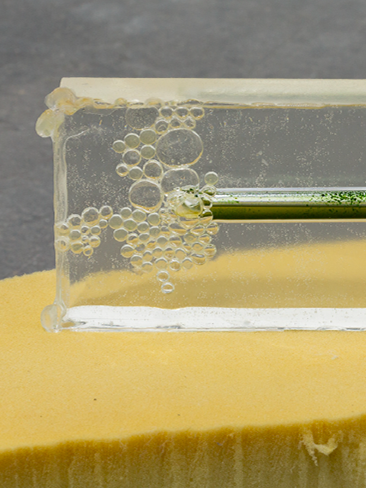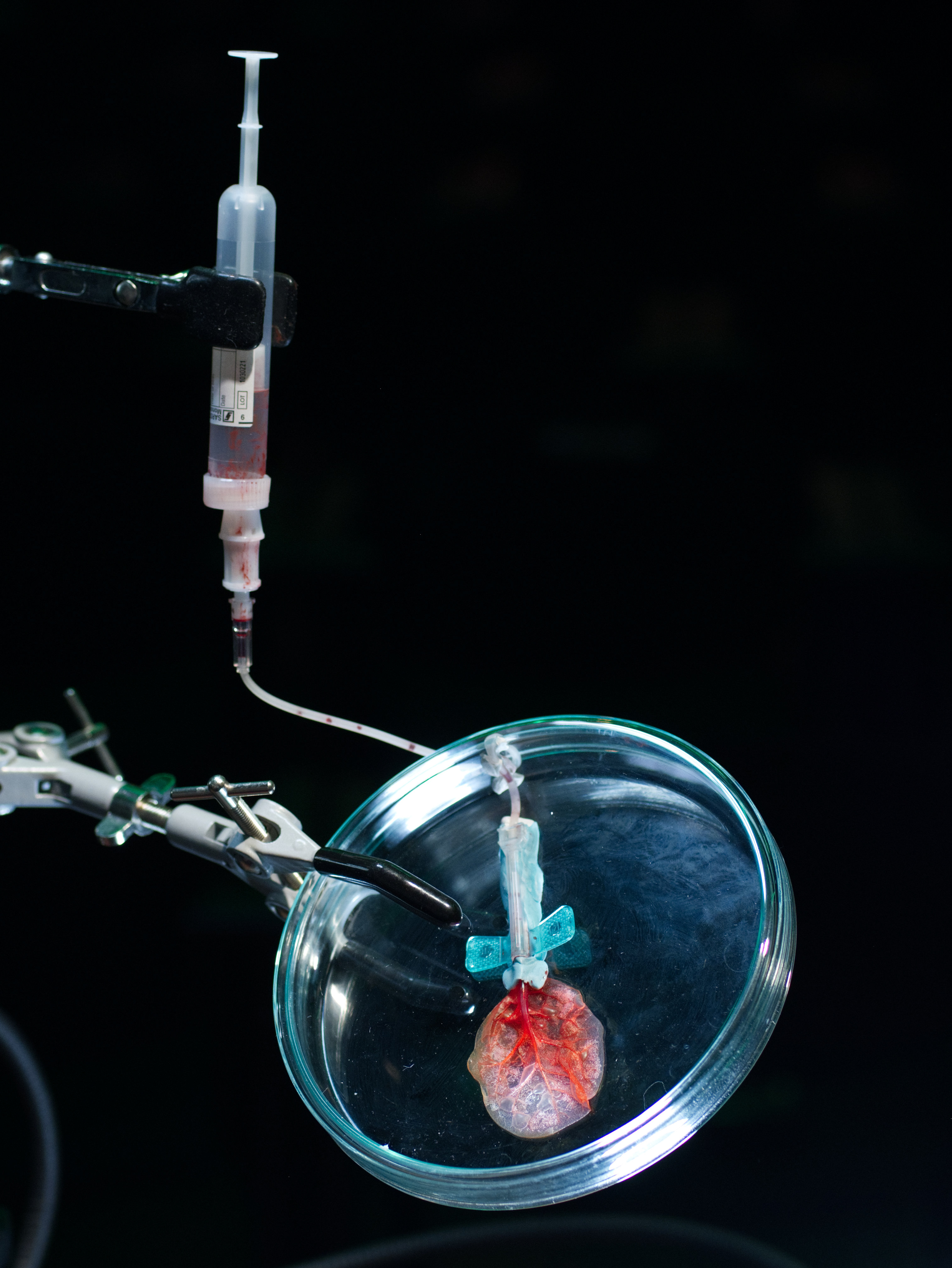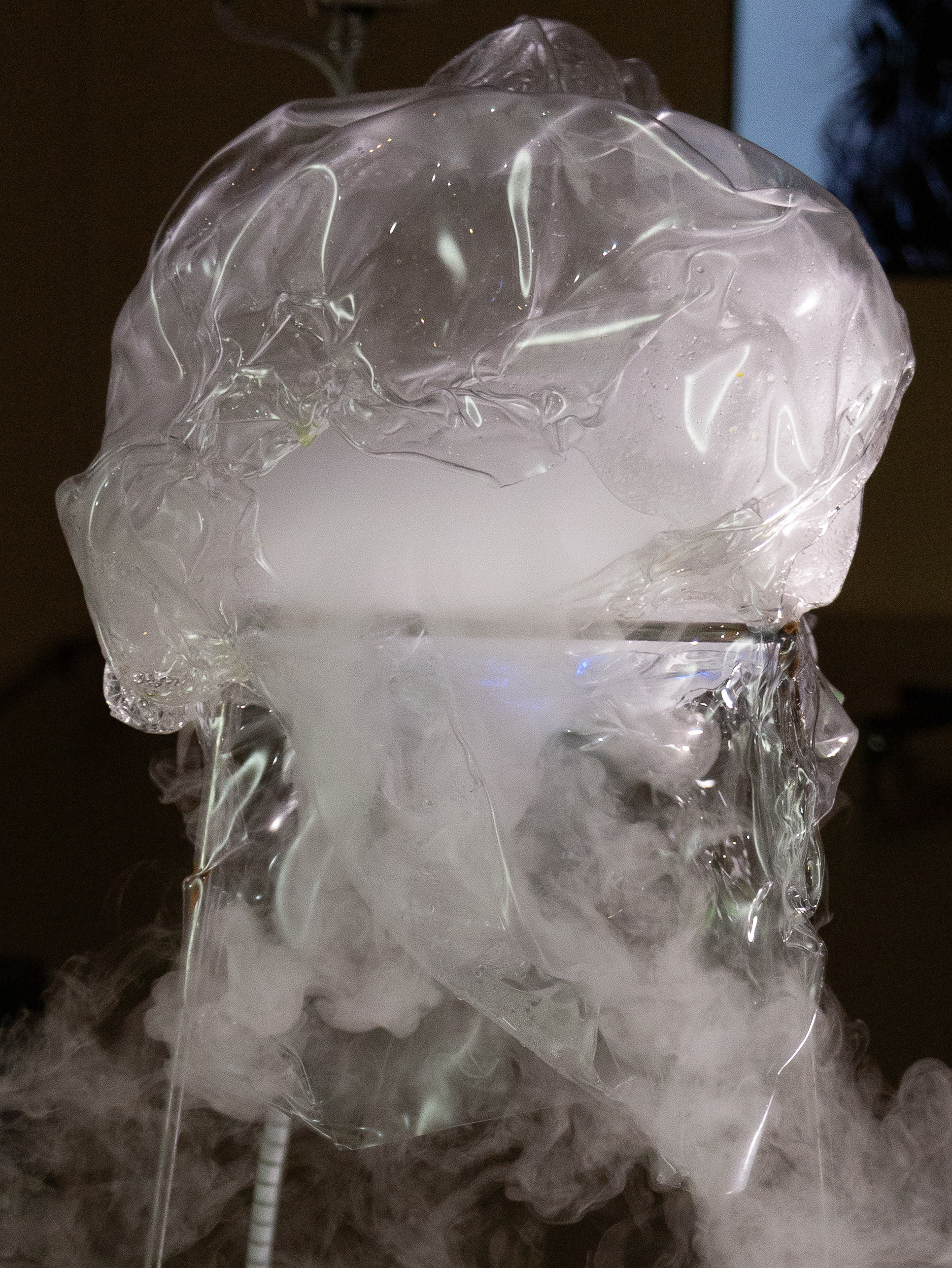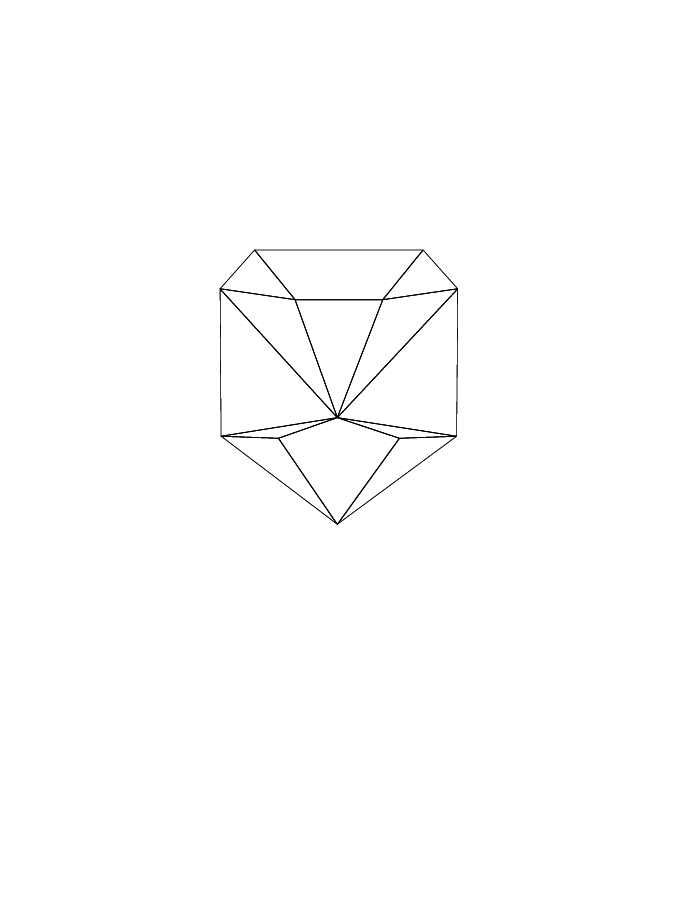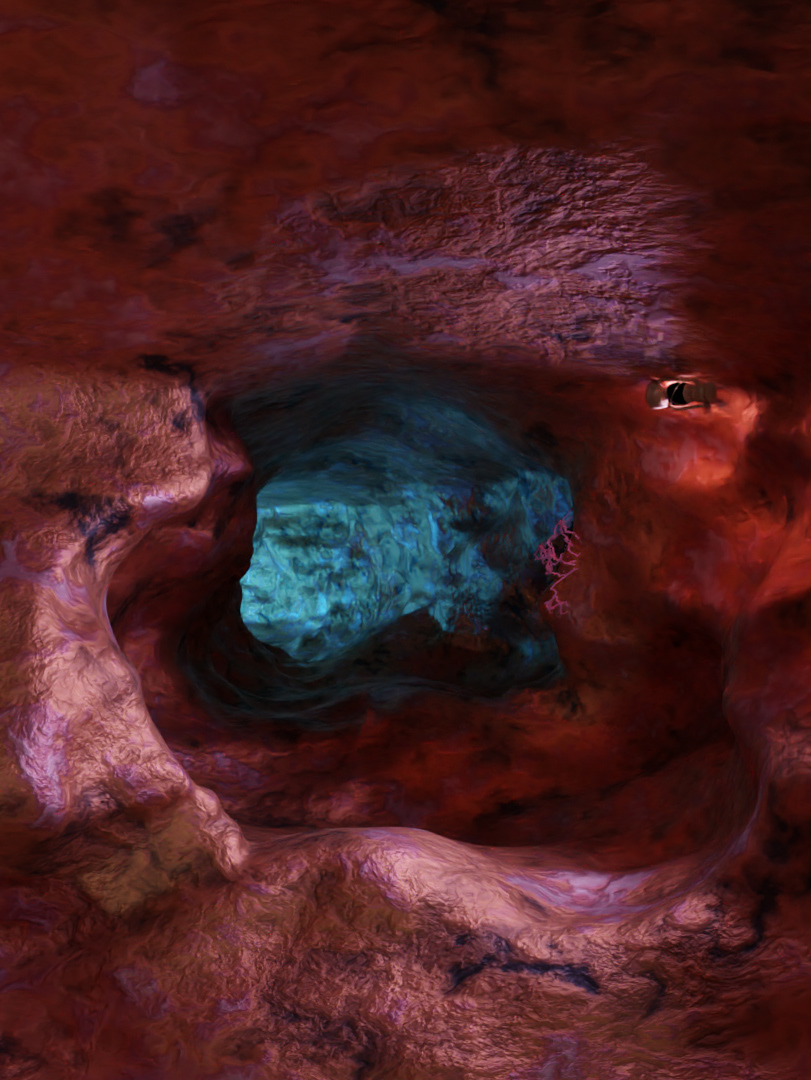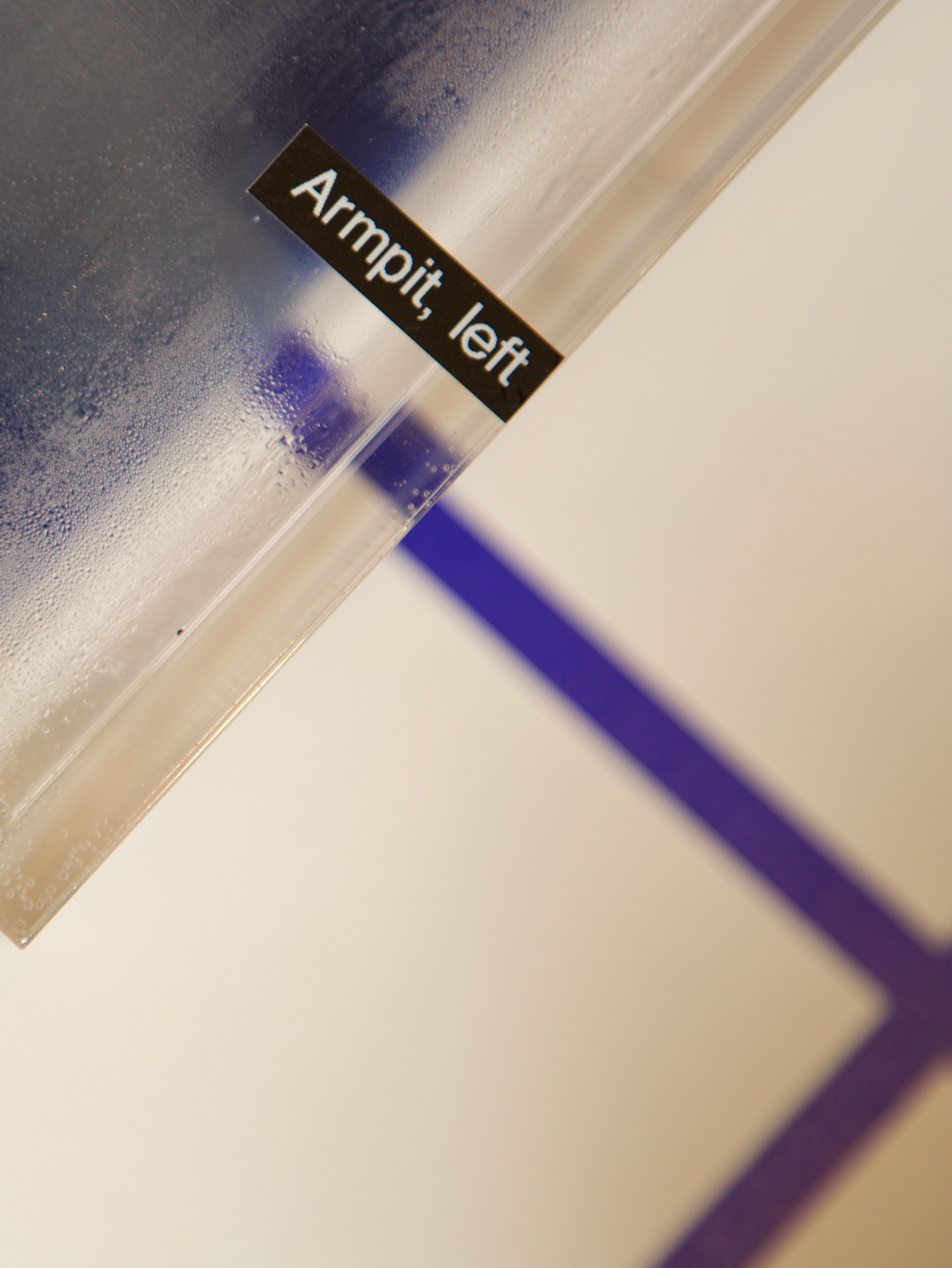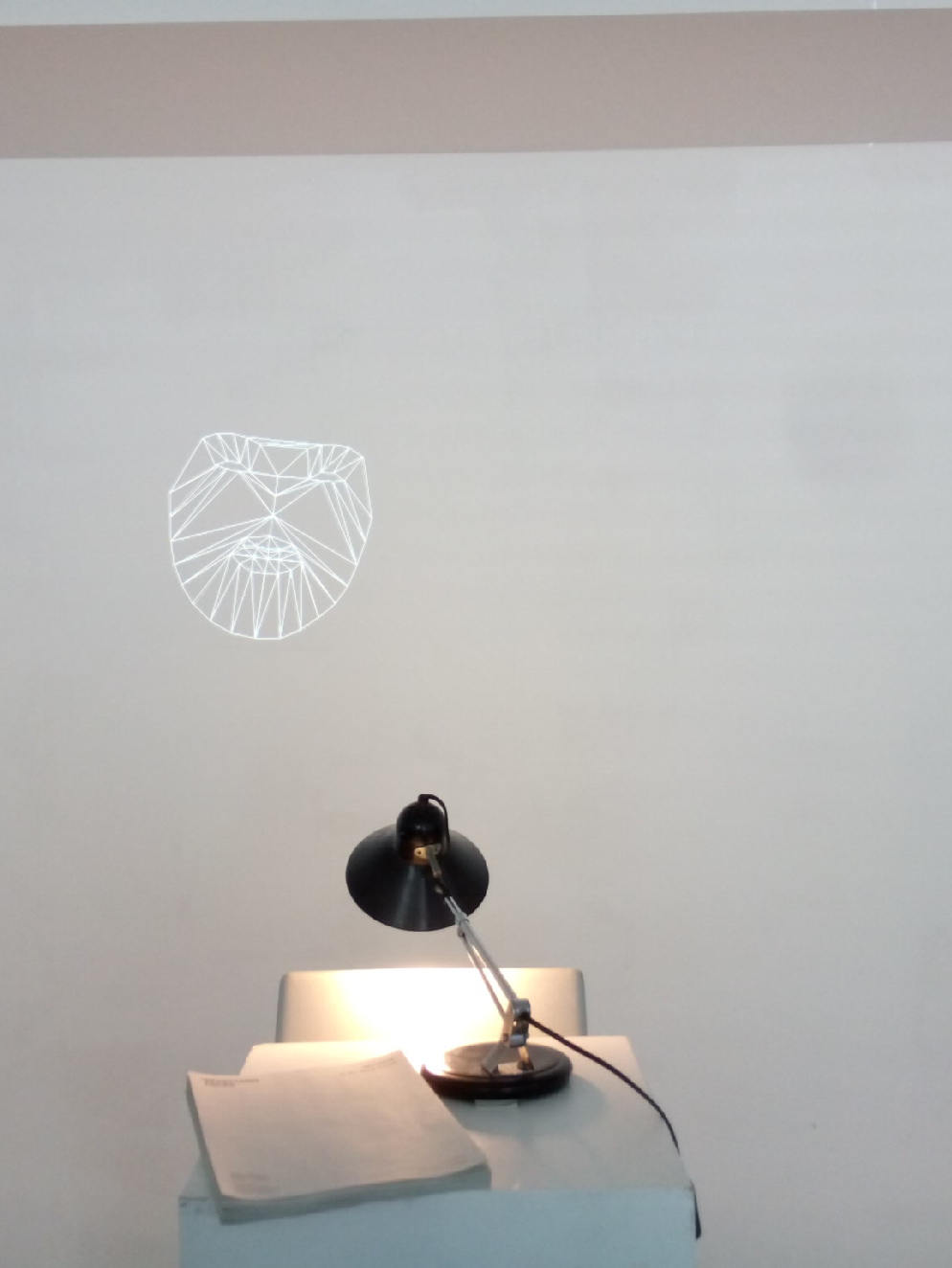Mossphone at KlangMoorSchopfe with the collaboration of Raphaëlle Mueller and Oliver Keller. Photo Credits @Raphaëlle Mueller, 2017
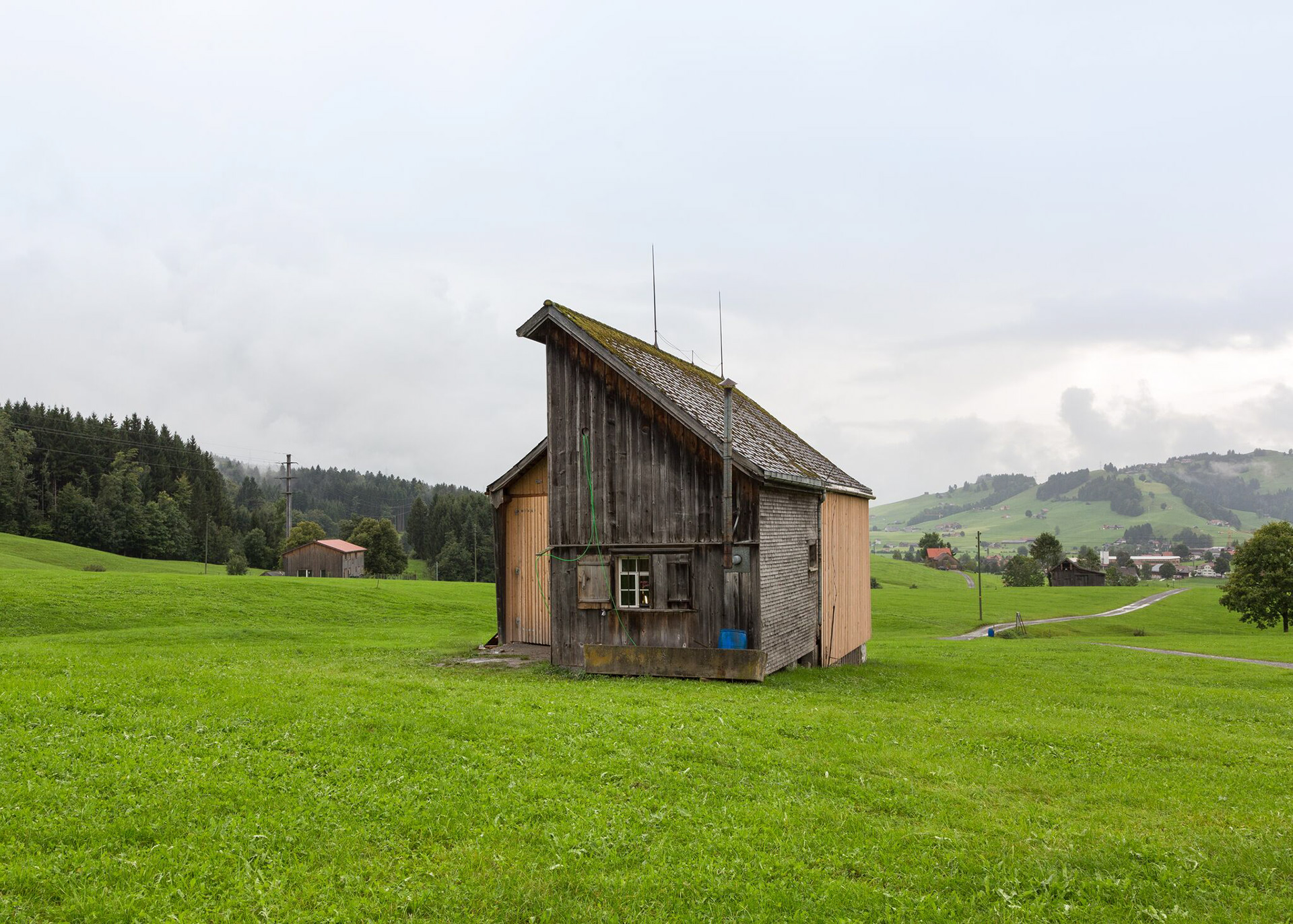
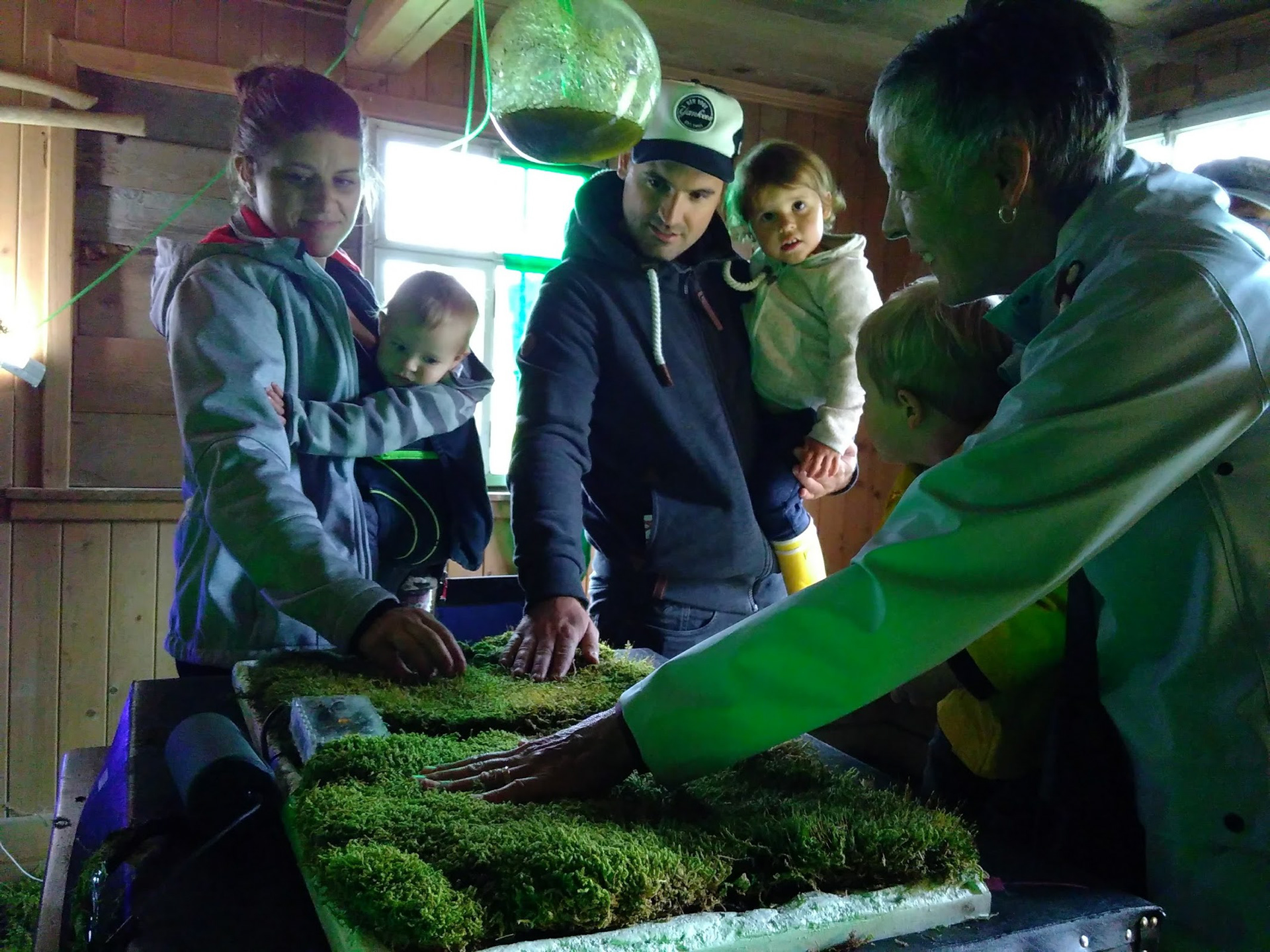
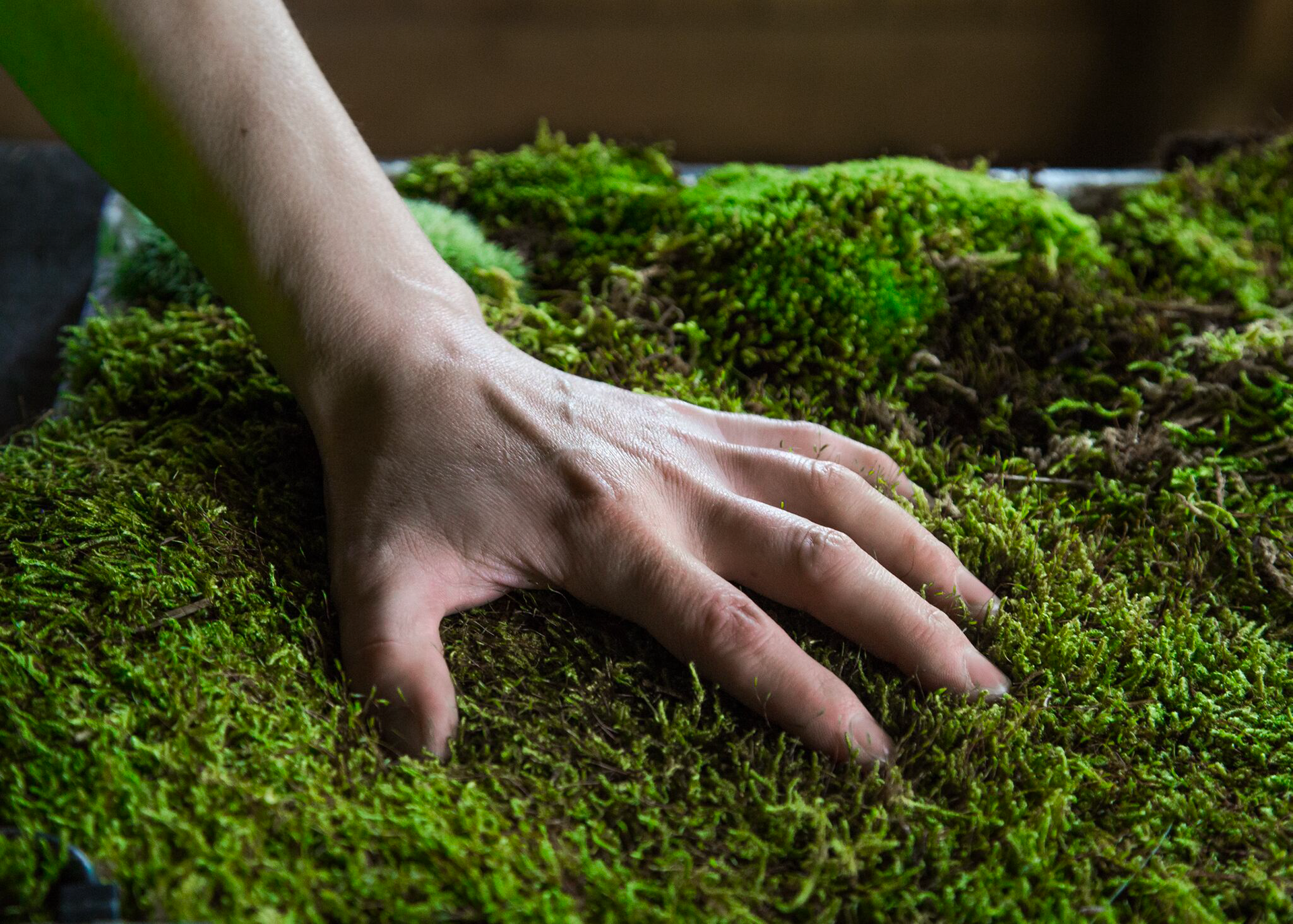
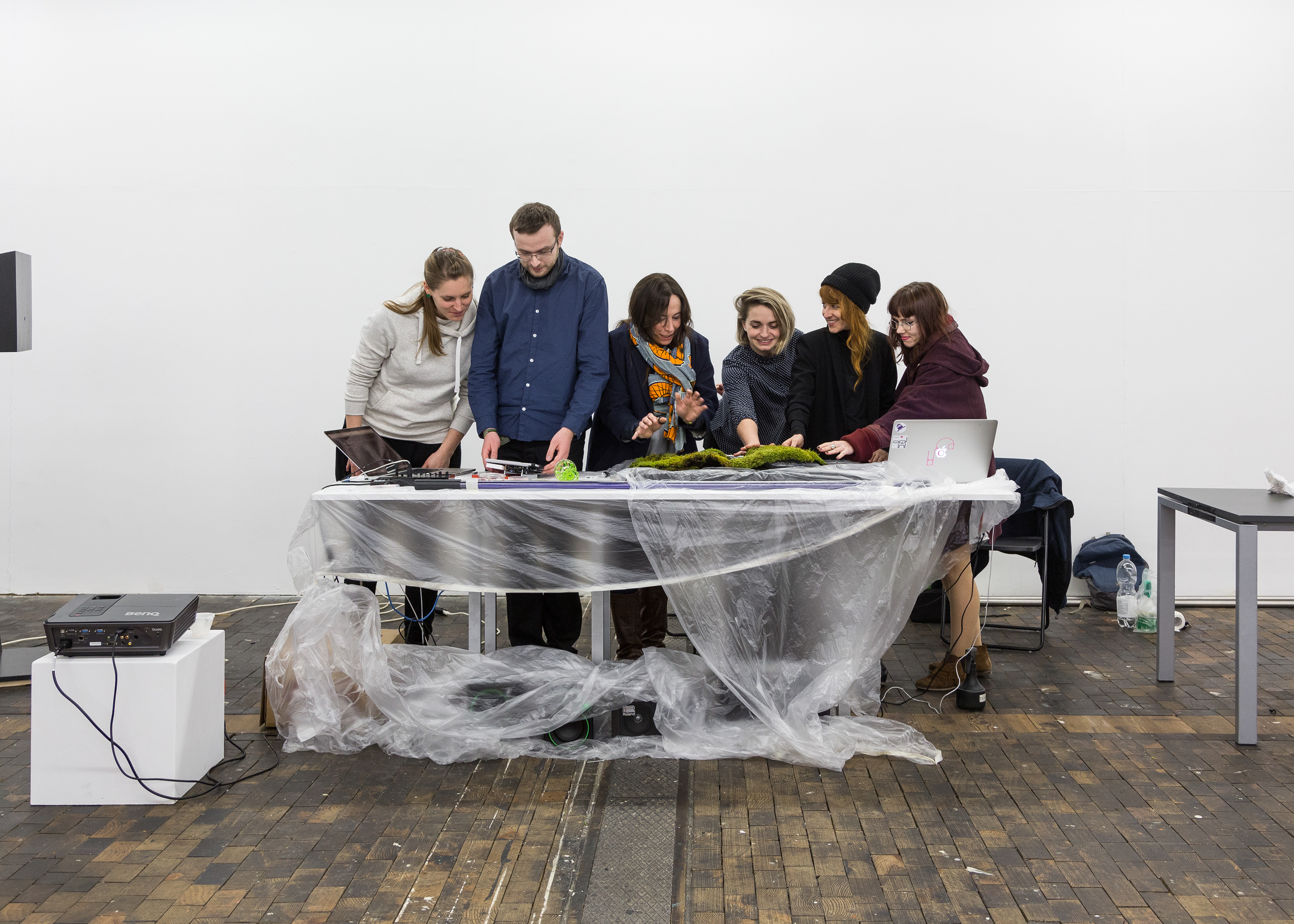
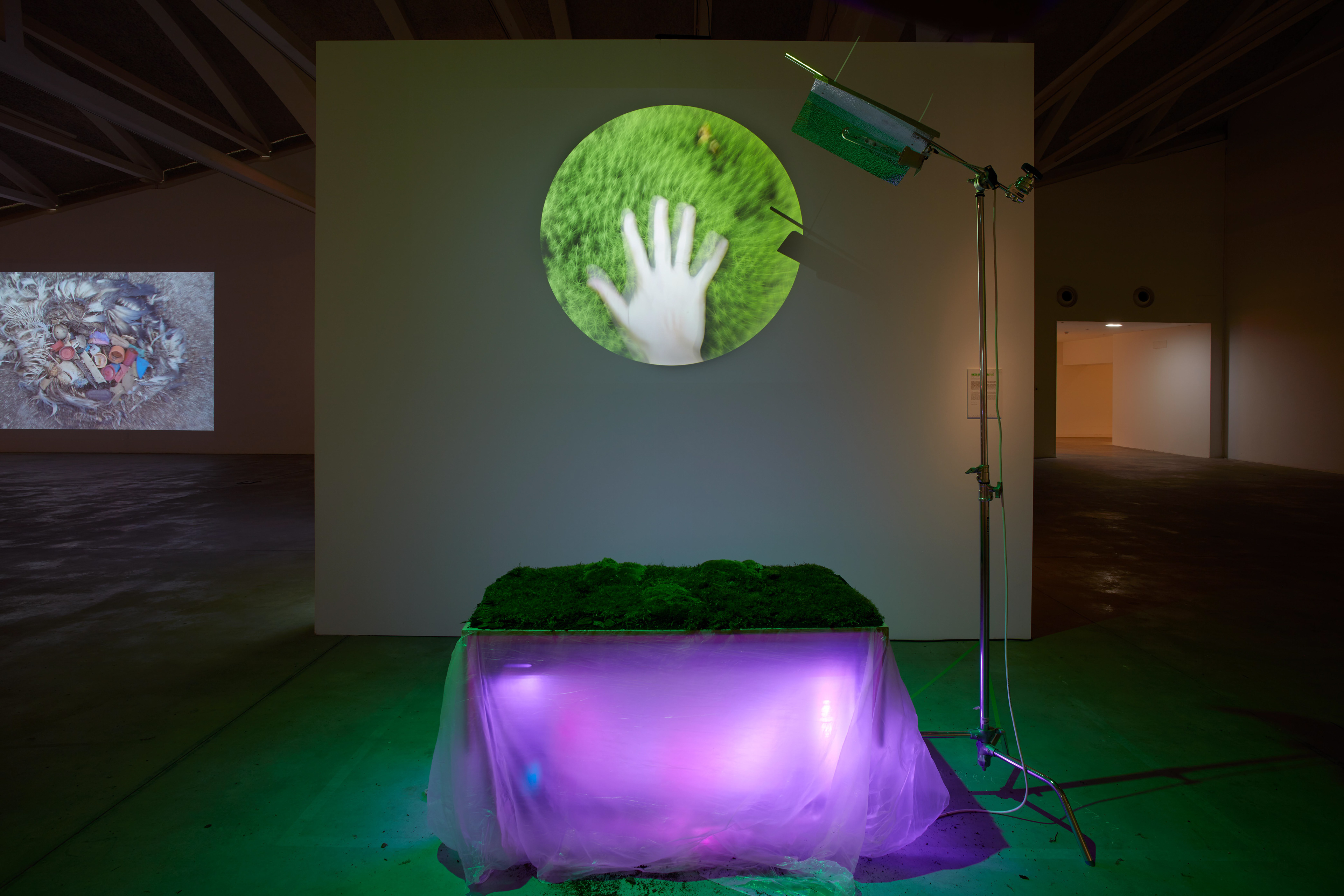

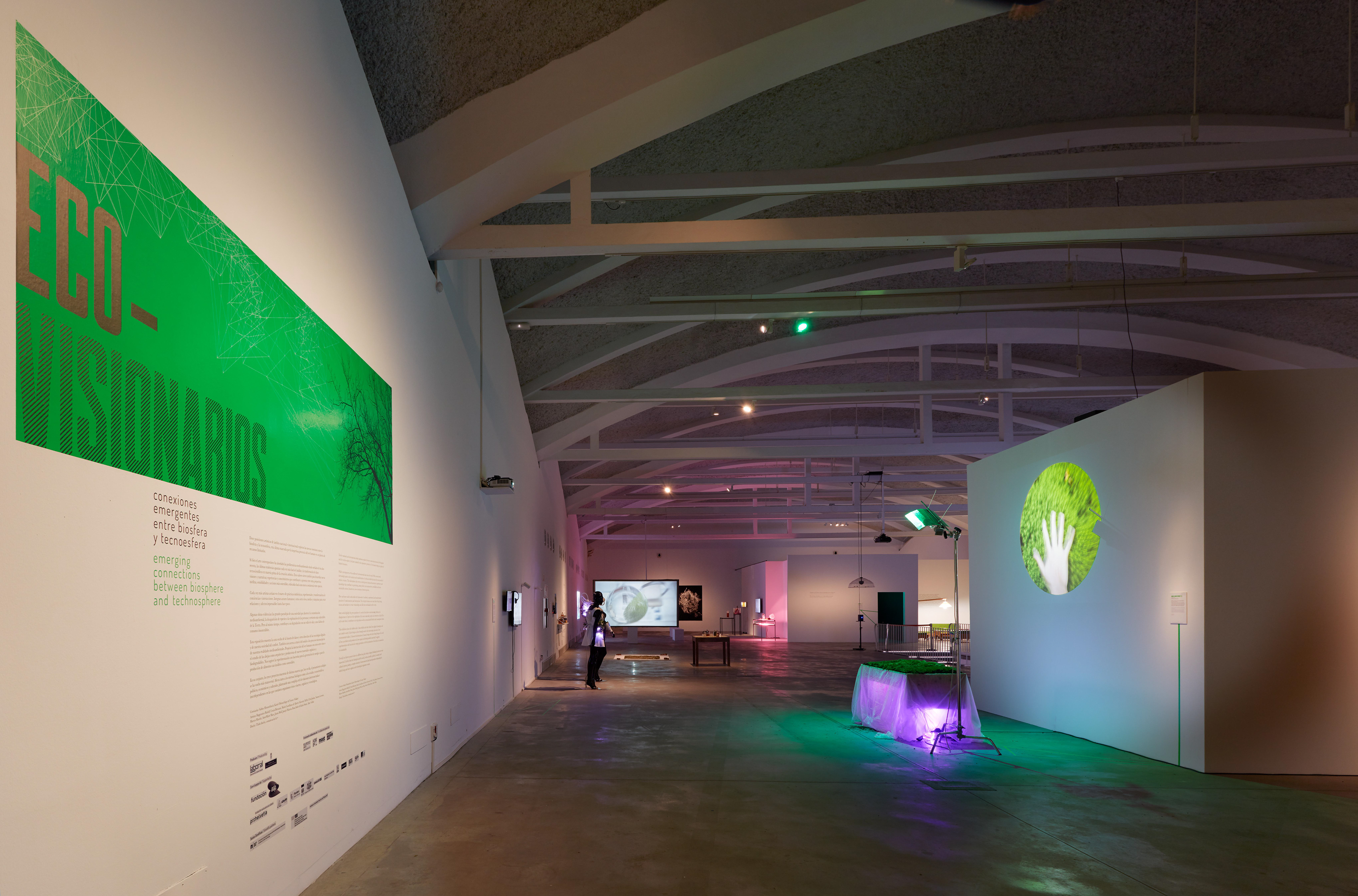
In an outlook of a biospheric crisis, amidst a world-ecology of Capital, resources, humans, human-others and more-than-humans, we might have a look at moss. Mosses are tiny organisms with slow temporalities of growth which can decipher the secrets of life on Earth. They were the first plants to jump out of the oceans, pioneered land when glaciers step back, and prepared the land to be refilled by a rich biodiversity that we used to know until today.
In harsh conditions, they constrain their rate of growth and become one of the most efficient organisms on this planet. They might be known as "a simple" plant, but they host some of the most resistant creatures, making them eligible to survive us. Because their lack of roots and their complex filamented structure, they nourrish from particles carried by the air, keeping track of all the chemical traces of our existence. A living data storage, moss adapt her behaviour to us accordingly. She reflects, like a living mirror, the qualitities of the environment we co-habit.
Mossphone is part of Living Instruments an open collaborative sound project and can be found here http://wiki.hackuarium.ch/w/Living_Instruments#What.27s_Next
Code and wiring instructions can be found here: https://github.com/Vlorenzolana/Musgofono
[...]
“In the next century, planet will don an electronic skin. It will use the Internet as a scaffold to support and transmit its sensations. This skin is already being stitched together It consists of millions of embedded electronic measuring devices, thermostats, pressure gauges, pollution detectors, cameras, microphones, glucose sensors, EKGs, electroencephalograms. These will probe and monitor cities and endangered species, the atmosphere, our ships, highways and fleets of trucks, our conversations, our bodies - even our dreams“. - extract from “Earth donning an electronic skin” Business Week, 1999.
Another kind of skin formed millions of years before, when the atmosphere became breathable and mosses emerged from the oceans to conquer the land. Bacteria started to break down the stone releasing minerals and forming the soil where the windblown spores of moss had landed. The moss turf trapped decaying organic matter that accumulated at the base of the moss where it built up more soil.
Please, read the full text here: Beyond IohT (the Internet of Hybrid Things) https://bioartsociety.fi/projects/ars-bioarctica/posts/beyond-ioht-mossphone-in-the-artic
